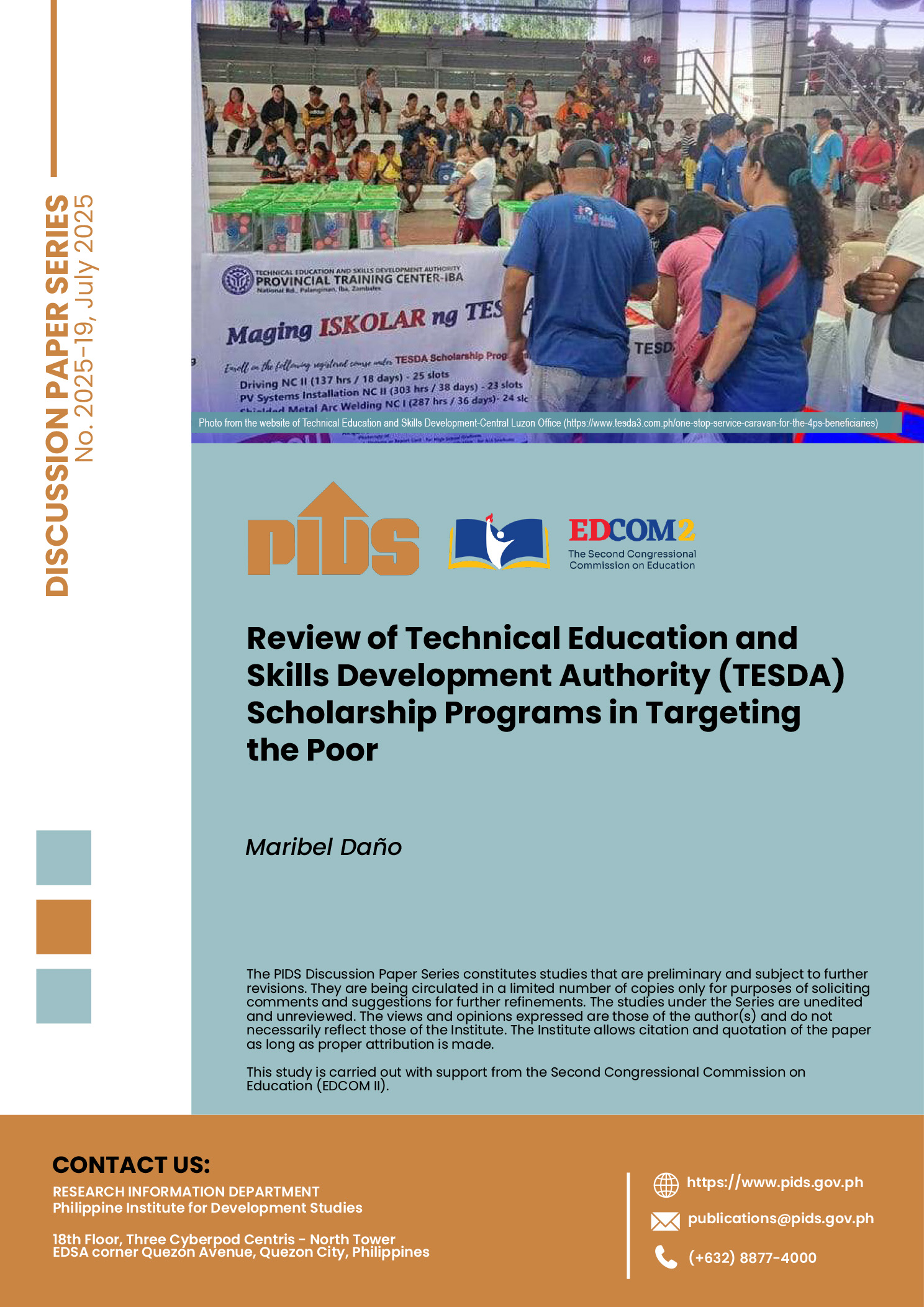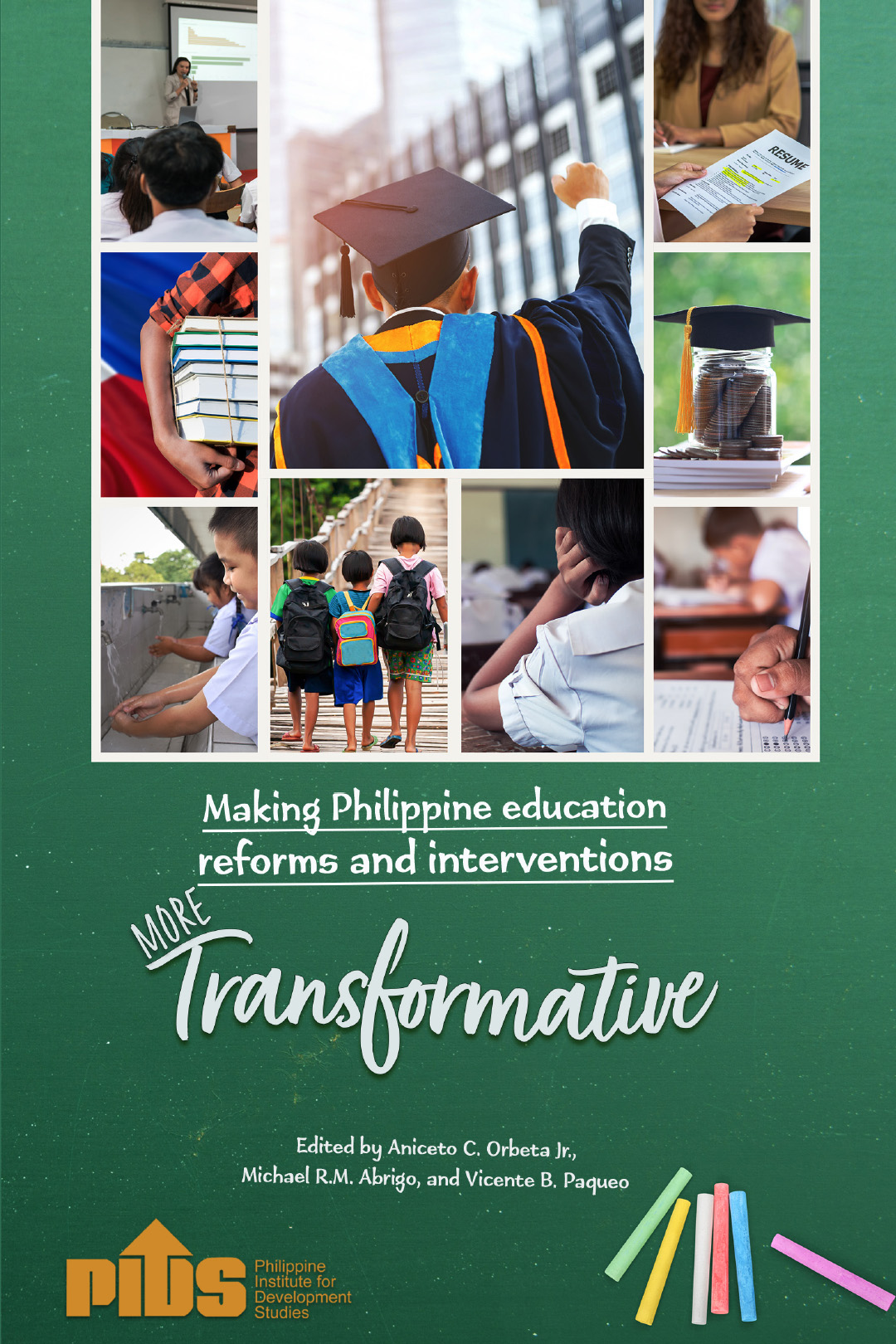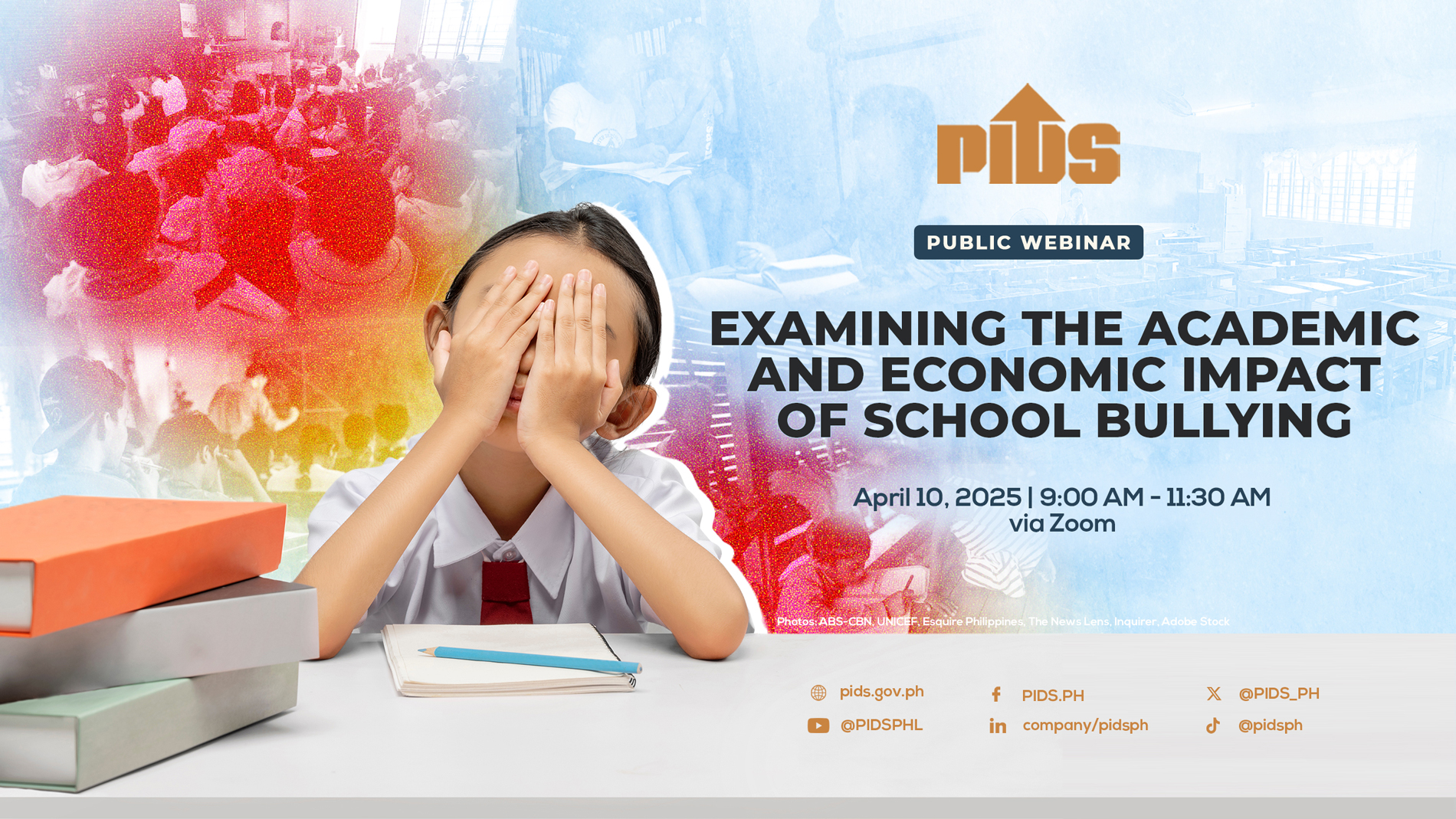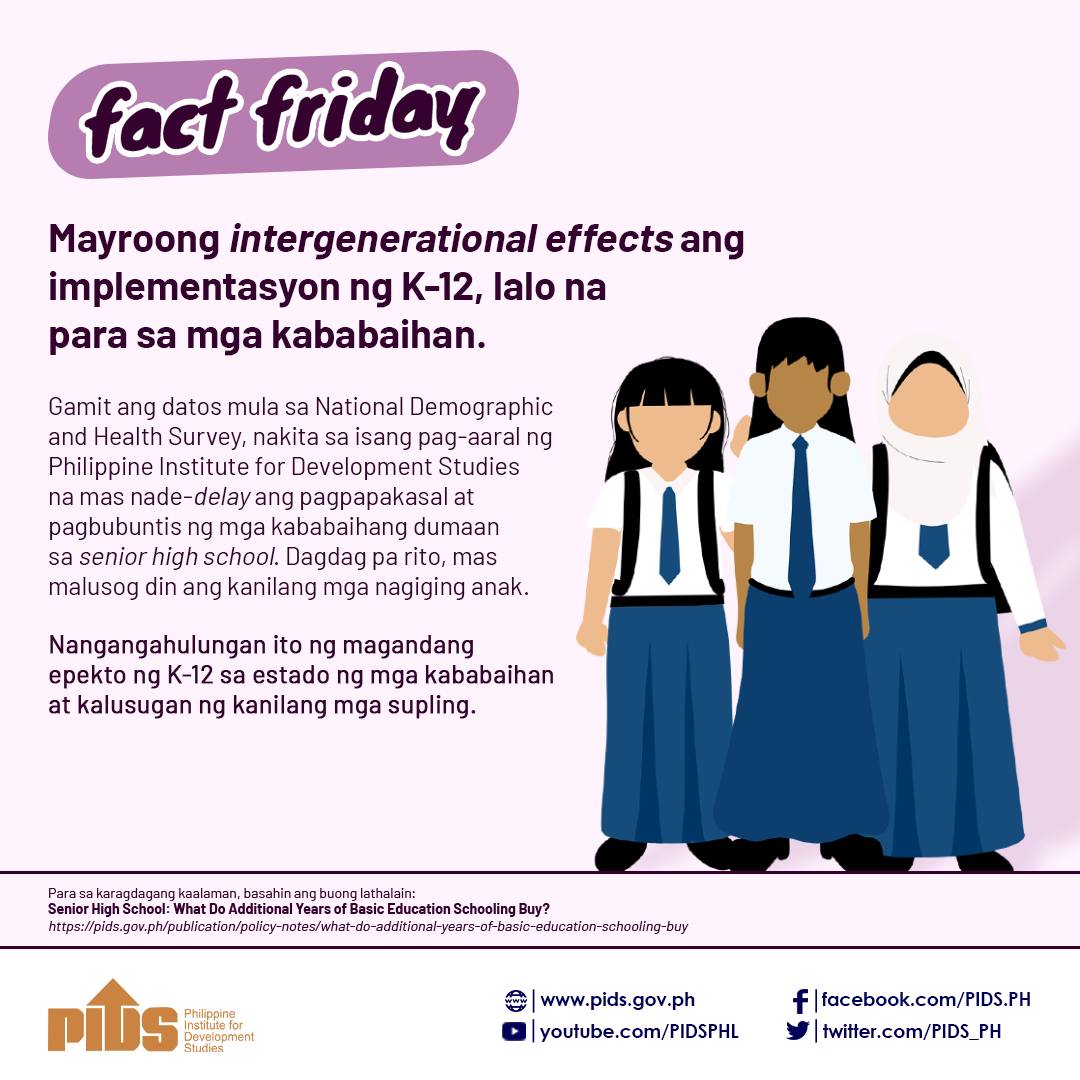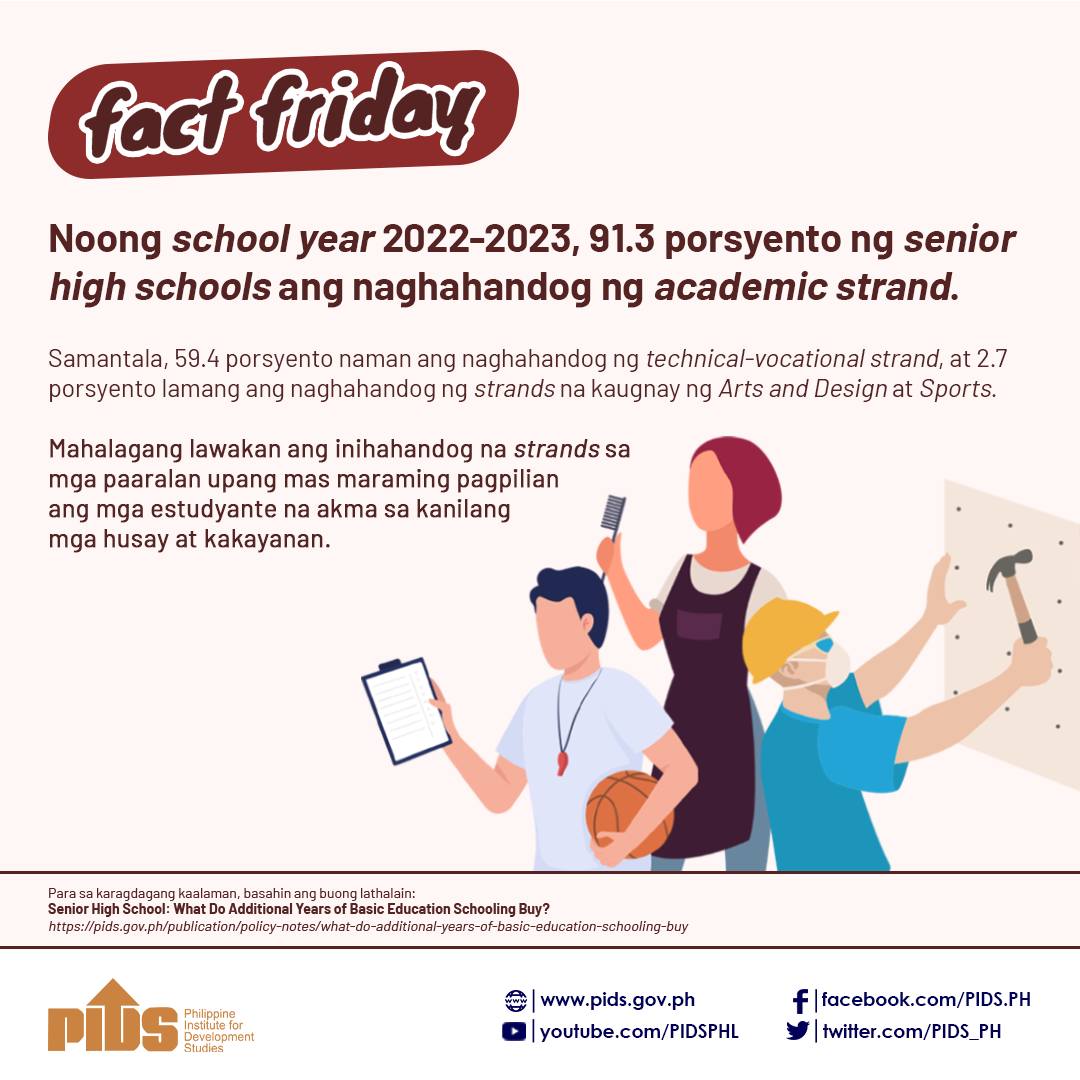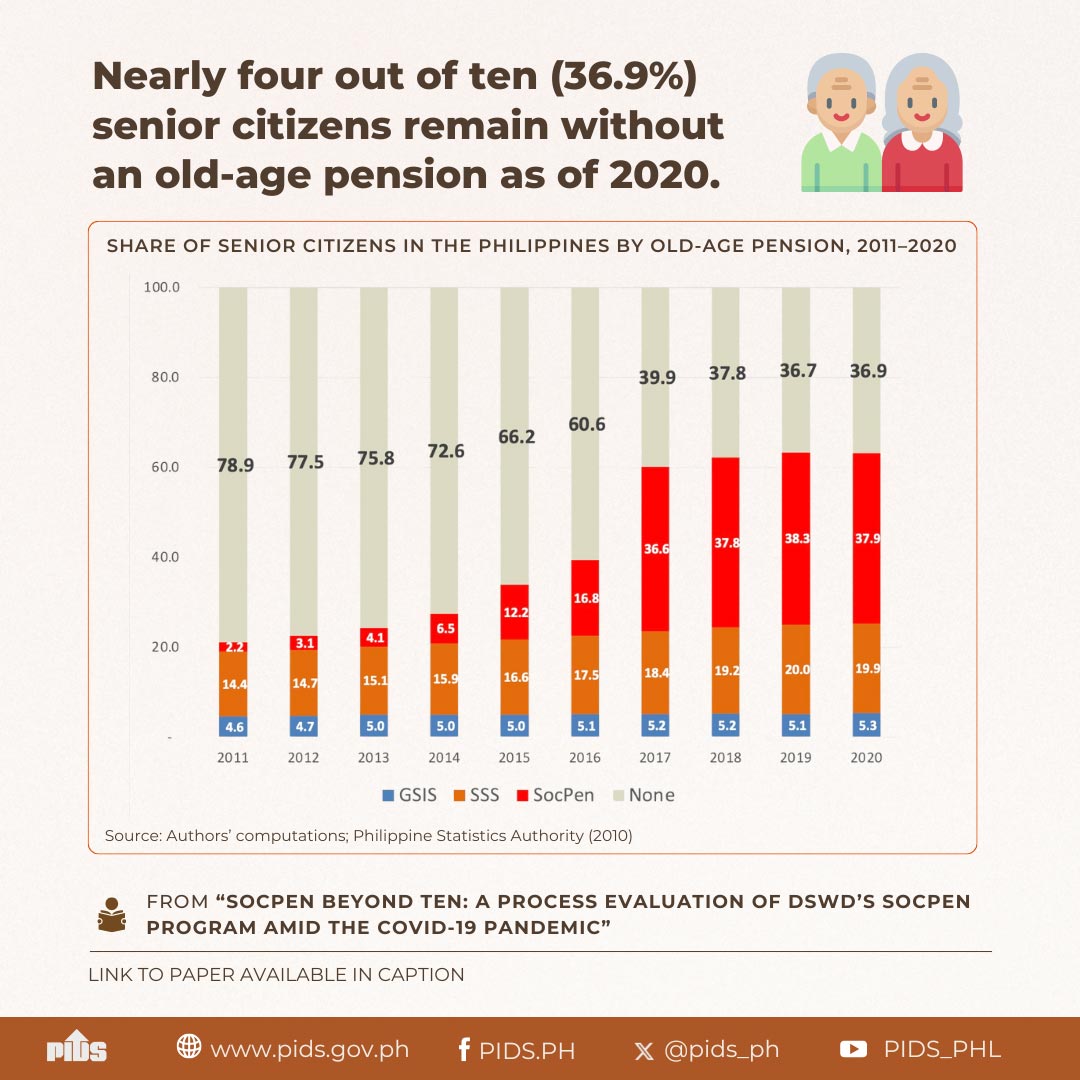ASIDE from the recently expanded K to 10 program, the Department of Education also has to revamp its senior high school curriculum in the face of high dissatisfaction with the program.
Only four of 10 Filipinos are satisfied with the senior high school (SHS) program, according to a Pulse Asia survey commissioned by Sen. Sherwin Gatchalian. The survey conducted from June 19 to 23 showed that only 41 percent of 1,200 respondents expressed satisfaction with the SHS program.
Meanwhile, 42 percent of the respondents said they were dissatisfied, while 16 percent were undecided. The survey underscored the failure of the SHS program to prepare the youth for college and eventually for work, Gatchalian said.
The senator cited a discussion paper by the Philippine Institute for Development Studies (PIDS) in 2020 that showed that SHS graduates do not have a statistically significant advantage or disadvantage in pay compared to those who have completed Grade 10 and second year college.
"The additional two years in high school were just an added financial burden to the parents," Gatchalian said, adding fuel to the argument of parents who are against the K to 12 program.
The DepEd said it would improve the SHS curriculum, with a focus on greater student access to employment, entrepreneurship, advanced education and training.
Initially implemented in 2016, the SHS program added two years to the basic education system to align with international standards. It was planned to produce "job-ready" SHS graduates.
But according to DepEd, several studies have shown that the program largely failed to deliver on this promise.
For instance, a tracer study of 2018 graduates found that a large majority, or 83 percent, pursued higher education instead of employment. This jibes with parents' expectations of their children to graduate from college and not "merely" from high school, since a college diploma is supposed to translate to a good job that would be their ticket out of poverty.
A Philippine Business for Education study indicated that out of the 70 leading companies across all sectors in the Philippines, only 20 percent were inclined to hire SHS graduates, with most companies opting to hire job applicants with at least two years of college education, thereby effectively excluding SHS graduates.
Meanwhile, a study conducted by the Department of Labor and Employment in 2019 found that while employers are open to accepting SHS graduates, their options are limited to rank-and-file, blue-collar or clerical positions. This is due to their belief that college graduates are more competent and skilled in professional work and careers than SHS graduates, the DepEd said.
Singapore model
A useful resource for the DepEd's SHS restructuring process is Singapore's education system, which ranks among the top in global education assessments. One aspect in which Singapore excels is its emphasis on a well-rounded and relevant curriculum. For example, its "Applied Learning Program" allows students to explore specialized areas in robotics, entrepreneurship and media production. The approach not only enhances the students' practical skills but also nurtures their passion and creativity, preparing them for the demands of the modern workforce.
Furthermore, Singapore places great importance on teacher training and support. Teachers undergo rigorous professional development programs to upgrade their skills and knowledge. The government invests heavily in teacher training institutions like the National Institute of Education, which provides comprehensive training programs, mentorship opportunities and research support.
Singapore's emphasis on infrastructure and resources is also worth emulating. The government invests in school facilities, technology integration and digital resources. Singapore's "Masterplan for ICT Education" has transformed classrooms into vibrant and technology-rich environments. Schools are equipped with interactive whiteboards, computers and online learning platforms to enhance teaching and learning experiences. Thus, the students develop crucial digital literacy skills and access to a wealth of educational resources.
Finally, Singapore's assessment system emphasizes a balanced approach. While examinations are still important, continuous and authentic assessments are also given significant weight. Projects, presentations and portfolios are used to assess the students' holistic development, problem-solving abilities and critical-thinking skills. This comprehensive approach gives a more accurate representation of the students' capabilities beyond mere memorization.
Perhaps, for starters, our Department of Education could align its confidential and intelligence funds to follow Singapore's blueprint for success.

